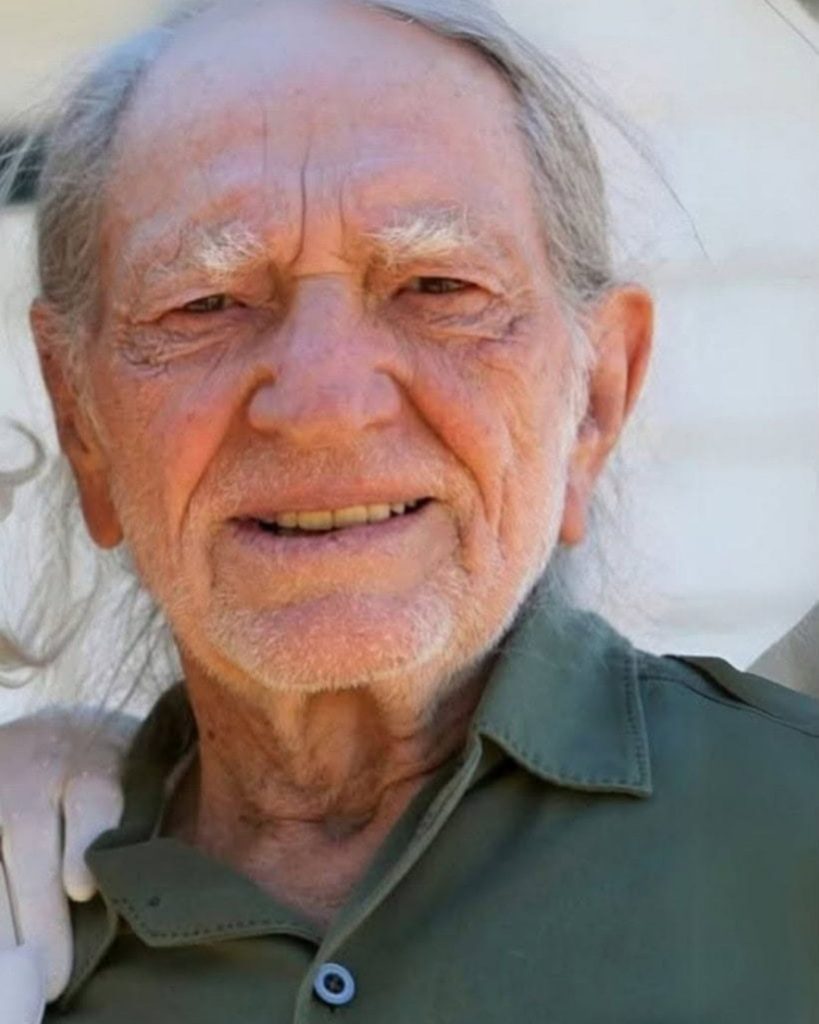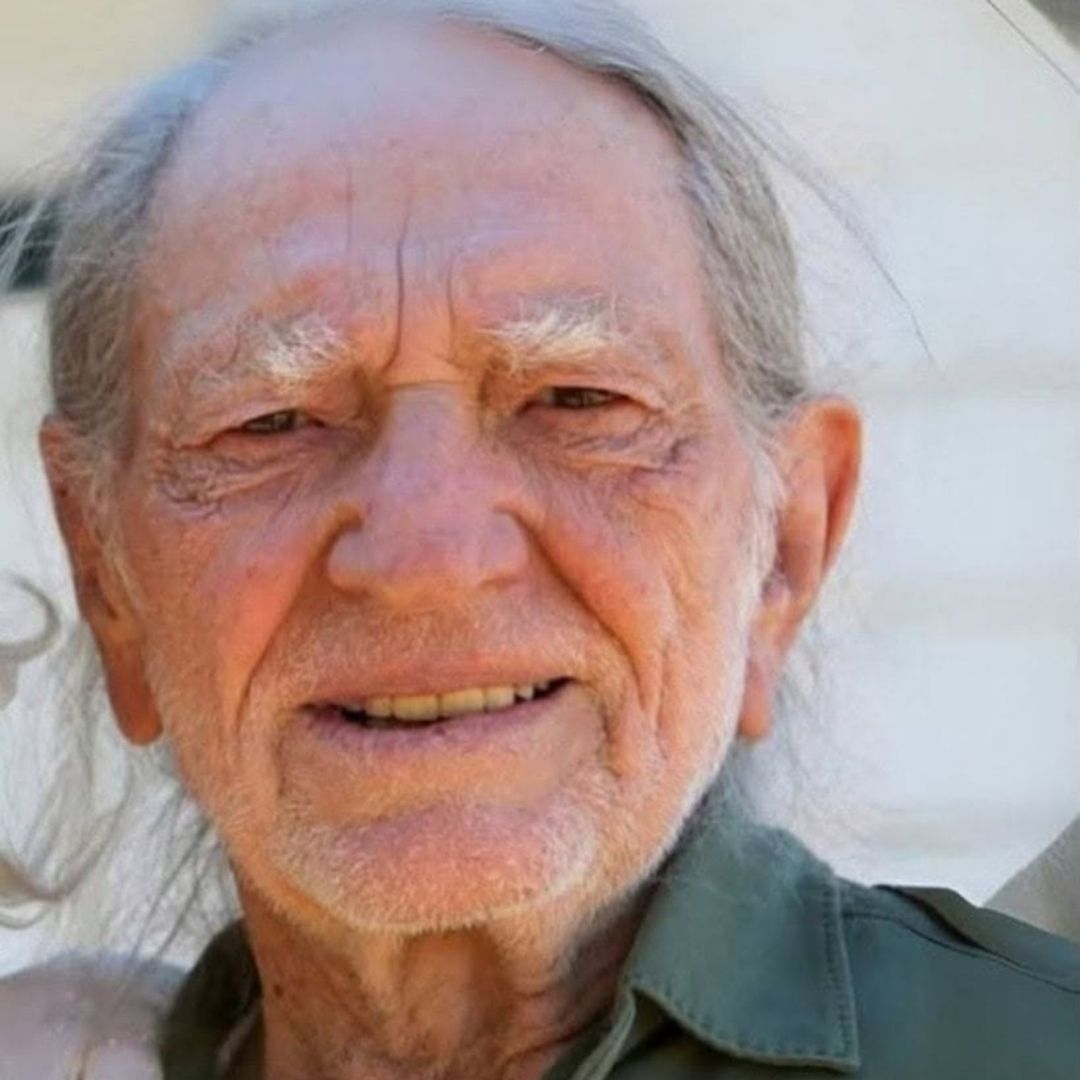
Introduction
As a child, I remember sitting cross-legged in front of the TV, mesmerized by Kermit the Frog strumming his banjo in The Muppet Movie, singing “Rainbow Connection” with a quiet sincerity that felt like a warm hug. That moment, where a simple frog in a swamp dreamed of something bigger, planted a seed of wonder in me. Little did I know then that this song, written by Paul Williams and Kenneth Ascher, would become a cultural touchstone, inspiring generations to chase their dreams. Its inclusion in Willie Nelson’s 2001 album Rainbow Connection brought a new layer of heartfelt authenticity, blending country soul with the song’s universal message.
About The Composition
- Title: Rainbow Connection
- Composer: Paul Williams and Kenneth Ascher
- Premiere Date: 1979 (original version in The Muppet Movie); album version by Willie Nelson released June 12, 2001
- Album/Opus/Collection: Rainbow Connection (Willie Nelson’s 49th studio album)
- Genre: Pop/Folk with Country influences
Background
The song “Rainbow Connection” was originally written for The Muppet Movie (1979), where it served as Kermit the Frog’s introspective anthem, capturing his longing for a greater purpose. Paul Williams and Kenneth Ascher crafted the song, drawing inspiration from “When You Wish Upon a Star” from Pinocchio, aiming to evoke hope and wonder. The song earned an Oscar nomination for Best Original Song at the 52nd Academy Awards, though it lost to “It Goes Like It Goes” from Norma Rae, a decision some critics questioned.
In 2001, Willie Nelson recorded the song for his album Rainbow Connection, a project deeply personal to his daughter, Amy Nelson. Amy, who co-produced the album, had been enchanted by Kermit’s version since she was five and spent two decades persuading her father to record it. Recorded at Willie’s ranch near Spicewood, Texas, between December 2000 and January 2001, the album marked Nelson’s 49th studio release and was nominated for a Grammy for Best Country Album in 2002. The song’s inclusion reflected Nelson’s ability to reinterpret pop standards with his signature country warmth, cementing its place in his eclectic repertoire. Its gentle sincerity resonated with listeners, offering a fresh perspective on a beloved classic.
Musical Style
Willie Nelson’s rendition of “Rainbow Connection” is defined by its minimalist yet emotive arrangement. The song features a simple acoustic guitar and banjo-driven melody, with Nelson’s weathered voice delivering a raw, conversational tone. Unlike the orchestral flourish of the original Muppet version, Nelson’s take leans into country-folk sparseness, with subtle harmonies and light percussion that allow the lyrics to shine. The structure follows a classic verse-chorus form, with a reflective bridge that deepens the song’s introspective mood. Nelson’s phrasing, with its characteristic behind-the-beat delivery, adds a sense of lived wisdom, making each line feel like a personal confession. This understated approach amplifies the song’s emotional impact, inviting listeners to linger on its themes of hope and connection.
Lyrics/Libretto
The lyrics of “Rainbow Connection” are a poetic meditation on dreams, wonder, and the search for meaning. Lines like “Why are there so many songs about rainbows / And what’s on the other side?” pose existential questions with childlike curiosity, while “Someday we’ll find it, the rainbow connection / The lovers, the dreamers, and me” offers a hopeful resolution. Paul Williams has noted that his favorite lyrics, “Who said that every wish / Would be heard and answered / When wished on the morning star?”, imply the power of belief and thought, adding a layer of philosophical depth. In Nelson’s version, the lyrics take on a weathered optimism, as if sung by someone who has chased dreams and faced setbacks but still holds onto hope. The interplay between the lyrics’ innocence and Nelson’s seasoned delivery creates a poignant contrast, making the song both universal and deeply personal.
Performance History
Since its debut in The Muppet Movie, “Rainbow Connection” has been performed in various contexts, from Kermit’s duet with Debbie Harry on The Muppet Show in 1981 to a group performance with Miss Piggy in The Muppets (2011). Willie Nelson’s version, featured on his 2001 album, has been a standout for its emotional resonance, often cited in reviews for its authenticity. The song has also appeared in TV shows like The Office (2006), Legion (2017), and Sweet Magnolias (2022), showcasing its versatility. Nelson’s live performances of the song, though less documented, carry the same intimate charm, often paired with his signature guitar, Trigger. Its enduring presence in popular media underscores its status as a modern standard, cherished across genres and generations.
Cultural Impact
“Rainbow Connection” transcends its origins as a Muppet song, becoming a symbol of hope and aspiration. Its title has inspired charitable organizations, including children’s charities and camps for people with disabilities, reflecting its message of connection and possibility. The song’s influence extends to business names and even artificial Christmas tree products, illustrating its broad cultural footprint. The American Film Institute ranked it the 74th greatest movie song in AFI’s 100 Years…100 Songs, affirming its cinematic legacy. In 1996, a dramatic incident in New Zealand, where a man took a radio station manager hostage to demand the song’s play, highlighted its emotional power. Nelson’s country-infused version further broadened its appeal, bridging pop, folk, and country audiences and reinforcing its timeless message.
Legacy
The enduring importance of “Rainbow Connection” lies in its ability to speak to the dreamer in everyone. Its simple melody and profound lyrics continue to resonate, whether heard in a children’s movie or a country album. Willie Nelson’s 2001 recording, in particular, stands as a testament to the song’s versatility, proving that its message can thrive in different voices and styles. Today, it remains a beacon of optimism, encouraging listeners to hold onto their dreams despite life’s uncertainties. For performers, it offers a canvas for emotional expression, while for audiences, it’s a reminder of the magic in believing.
Conclusion
Listening to Willie Nelson’s “Rainbow Connection” feels like sitting on a porch with an old friend, sharing stories of dreams and what might lie beyond the horizon. Its simplicity is its strength, and Nelson’s soulful interpretation adds a layer of lived experience that makes it unforgettable. I encourage readers to explore this version—available on streaming platforms or the Rainbow Connection album—and to revisit the original Muppet recording for a dose of pure nostalgia. For a live experience, seek out clips of Nelson’s performances or Kermit’s iconic banjo strumming. Let this song remind you to keep searching for your own rainbow connection
Video
Lyrics
Why are there so many
Songs about rainbows?
And what’s on the other side?
Rainbows are visions
But only illusions
And rainbows have nothing to hide
So we’ve been told
And some chose to believe it
I know they’re wrong, wait and see
Someday we’ll find it
The rainbow connection
The lovers, the dreamers and me
Who said that every wish
Would be heard and answered
When wished on the morning star?
Somebody thought of that
And someone believed it
Look what it’s done so far
And what’s so amazing
That keeps us stargazing
And what do you think we might see?
Someday we’ll find it
The rainbow connection
The lovers, the dreamers and me
All of us under its spell
We know that it’s probably magic
Have you been half-asleep?
And have you heard voices?
I’ve heard them calling my name
Is this the sweet sound
That calls the young sailors?
The voice might be one and the same
I’ve heard it too many times to ignore it
There’s something that I’m supposed to be
Someday we’ll find it
The rainbow connection
The lovers, the dreamers and me
